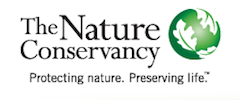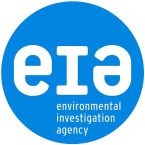
While I love the word isthmus, there’s no doubt in my mind that if I had to pick a favorite geographic feature, it would be rivers (and my favorite river is the Au Sable in Michigan). A lot has to do with my fly fishing addiction, but I’m continuously amazed by the power of moving water. It’s no coincidence that so many of the world’s greatest cities formed along rivers–they really are the lifeblood of civilization. It’s easy to forget this when your water comes out of a faucet and the fish you eat is grown in a pond, but there are still people across the world whose lives are completely intertwined with the rivers they live along. International Rivers is a Berkeley, CA non-profit organization that is “at the heart of the global struggle to protect rivers and the rights of communities that depend on them.” There are all kinds of threats to rivers, but dams are often the biggest ones. Many consider hydroelectric power to green, but they overlook the consequences of stopping the natural flow of a river.
Read the full article →




























